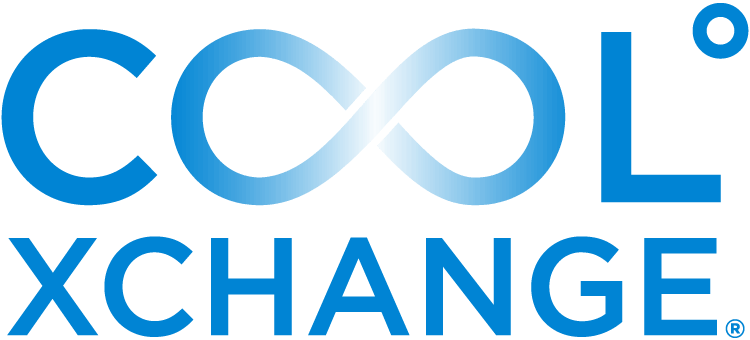Written by Michael O’Doherty, Doctor of Chiropractic at Chiropractic Moves.
The Lateral Ankle Sprain, or “Inversion Sprain”, is the most common ankle injury and in 2016 the British Journal of Sports Medicine’s expert panel released a statement saying that ankle sprains are the most common musculoskeletal injury affecting the active population!
What are the possible consequences of an untreated ankle sprain?
Untreated lateral ankle sprains are estimated to cost billions worldwide and the ongoing effects of chronic ankle instability can even cause early onset ankle arthritis! Chronic instability and pain will also increase the likelihood of a sedentary lifestyle and all the burdens that come with it, like chronic low back pain, hip bursitis, tendonitis, diabetes and heart disease.
![By Florian Müller (Own work) [GFDL (http://www.gnu.org/copyleft/fdl.html) or CC BY-SA 4.0-3.0-2.5-2.0-1.0 (http://creativecommons.org/licenses/by-sa/4.0-3.0-2.5-2.0-1.0)], via Wikimedia Commons](https://www.coolxchange.com.au/wp-content/uploads/2017/09/CXC-Blog-Image-1.jpg)
How do you treat an acute ankle sprain?
The first phase of 48-72 hours is when the torn ligaments and muscles are bleeding internally. We think the risk of arthritis comes from this free blood settling down onto the bony surfaces of the joint. Our immune system goes into ‘clean up mode’ and re-absorbs all this detritus, but the process can go too far and your immune system may start to re-absorb the boney joint surfaces along with the loose blood and torn ligamentous tissue! This will increase the pain and stiffness at the joint making exercise and rehab harder to complete.
To start assist the healing process and limit the amount of bleeding the Australian Sports Medicine Association recommends following the ‘RICER’, and do no ‘HARM’, protocols in the first 72 hours, which translate to:
- Rest, stay off it for 72 hours, that is 3 days.
- Ice (20 minutes every 2 hours)
- Compression, a snug bandage that doesn’t make your toes turn blue will achieve this.
- Elevation, lie on the couch and put your foot up on a pillow.
- Referral (for your treating practitioner to determine when necessary)
And the “do no HARM’s” are
- No Heat, heat could increase the amount of internal bleeding.
- No Alcohol, this means no liquid painkillers people, no matter how much you love a self prescription.
- No Running, we are again looking at reducing internal bleeding here.
- No Massage, as above.
![Tonku at English Wikipedia [CC BY-SA 3.0 (http://creativecommons.org/licenses/by-sa/3.0) or GFDL (http://www.gnu.org/copyleft/fdl.html)], via Wikimedia Commons](https://www.coolxchange.com.au/wp-content/uploads/2017/09/Capture.jpg)
Interestingly CoolXChange is designed as an alternative to Ice, providing additional benefits such as not causing those nasty ice burns, it is reusable and easily transportable for use when at sporting events, climbing and can be stored in your car or gym bag. To find out more about CoolXChange view the RICE methodology page.
What happens after 72 hours?
When the bleeding has stopped we can start to get in there and release those tight muscles, mobilise the joint and get some rehab going. I find these things rarely appear out of the blue. I often find an associated hip weakness, or achilles tears and thickening going along with these sprains. A lot of people note symptoms before the injury manifests, like a few weeks or months of morning stiffness when first putting weight on the ankle, clicking noises while warming it up, or a general feeling of instability or apprehension when performing activities in single leg stance.
A good treatment plan should address all these findings and you may find yourself performing exercises targeted strengthening your hips and knees as well as the injured ankle.
How long does it usually take to fully recover from an ankle sprain?
These injuries are still graded with the old 1,2,3 scale.
A Grade 1 strain is tender but with no range of motion problems or ligament disruption, these are usually resolved in about 4 weeks time and often won’t take a lot of treatment.
In theory Grade 2’s with moderate ligament disruptions should take about 8 weeks and Grade 3’s with total ‘full thickness’ tearing will take 12 weeks. However, in practice we often find that a Grade 2 will take every bit as long as a Grade 3.
Generally with a Grade 2-3 sort of scenario, and after that first 72 hours, we will want to see a person 2 times a week for a couple of weeks. We want to make sure people are performing their exercises and mobilisations correctly at home. We also want to make sure that the rest of the limb, or the pelvis and low back aren’t getting weak and compensating for this joint. After this first couple of weeks it will depend on how compliant the patient is with their program and what symptoms they are getting, but perhaps only every week or two at this stage.
What is the take home message?
Don’t ignore an ankle sprain, treat it properly and make sure you set yourself up for the quickest recovery and least amount of arthritis down the line.
Author bio: Michael O’Doherty is a Doctor of Chiropractic at Chiropractic Moves, He’s dedicated to providing the most effective and up to date treatment techniques available in a friendly and relaxed environment and passionate about the role of chiropractic care in the management of sports injuries and optimising performance.


Recent Comments